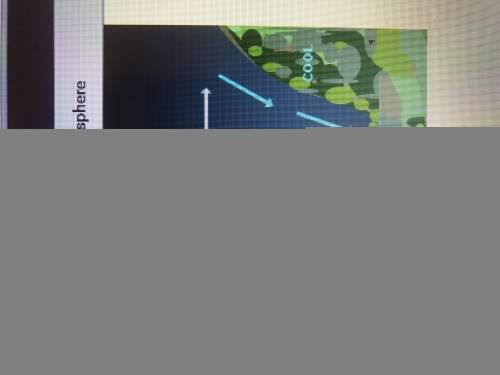
Biology, 02.07.2020 01:01 connorgking
Study this image of a geologic time scale. A 4 column table. Column 1, titled ERA, with entries: Caenozoic, Mesozoic, Paleazoic, Proterozoic, Archean, Hadean. Column 2, titled PERIOD, with entries: Quaternary, Tertiary, Cretaceous, Jurassic, Triassic, Permian, Carboniferous, Devonian, Silurian, Ordovician, Cambrian, Also known as Precambrian. Column 3, titled MILLIONS OF YEARS AGO, with entries: 1.6, 138, 240, 330, 410, 500, 3500. Column 4, titled KEY EVENTS, with entries: Humans evolve, Extinction of Dinosaurs with arrow pointing to approximately 68 M Y A; Permian mass extinction with arrow pointing just below 240 M Y A; Invertebrates become common with arrow pointing just below 500 M Y A; Earliest life with arrow pointing to 3500 M Y A. How long ago did invertebrates become common on Earth?

Answers: 3


Other questions on the subject: Biology

Biology, 21.06.2019 12:30, bedsaul12345
Familial hypercholesterolemia, an autosomal dominant disease, is five times more frequent in the afrikaner population of south africa than in the original population of europe from which the ancestors to the afrikaners immigrated. what does this demonstrate?
Answers: 3



Biology, 22.06.2019 12:00, YoungKukie24
The earth's oceans are made up of chlorine, and trace elements. a) carbon, oxygen b) oxygen, silicon c) hydrogen, oxygen d) nitrogen, oxygen
Answers: 2
You know the right answer?
Study this image of a geologic time scale. A 4 column table. Column 1, titled ERA, with entries: Cae...
Questions in other subjects:













